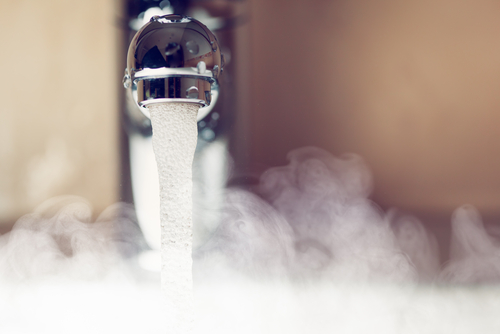How to Install Tankless Water Heater
A tankless water heater is highly efficient, and the right installation will enhance its energy efficiency. A tankless water heater heats water on demand hence helps to save money that is spent in large water storage. One can hire a licensed plumber to install the water heater or do it yourself if you know how to shut off water and connect new fittings and pipes in the house.
You can either choose to install an electric or a gas-powered tankless. The gas-powered tankless requires a gas line and 120-volts connection circuit while the electric will need a 240-volt outlet. Before installing, consult with the manufacturer on their installation manual. You can either have an indoor or outdoor gas water heater or an electric water heater.
Each has specific requirements which should be addressed depending on which you choose to install. tankless.reviews on the internet will help you select the best water heater from the many style and sizes available.
The Best Necessary Preparation before Installation:
- If one wants to install a gas tankless water heater, then upgrade the gas meter to fit the new gas unit. It will ensure that the meter can supply the increased demand because the water heater uses lots of BTUs. A gas company can help evaluate this, and mostly they will upgrade it at no cost.
- The best way to install a new gas line is hiring a professional plumber. The plumber will install black gas pipes and a new gas shutoff valve.
- Next, install a condensate drain with plastic tubing that drains water from the condensate.
- Having proper ventilation is essential when installing a tankless water heater since it will continuously require venting out the excess warm air. Use a stainless steel vent and avoid a PVC piping. Venting is necessary if the tankless water heater is indoor and gas powered.
- Install an exhaust pipe which should be made of stainless-steel and should be fitted with silicon joint that is sealed. It will help push out air.
- Install a damper if one lives in cold climate as it will help to prevent cold air from coming back.
- Also, the tankless water heater will need electric power, and if it’s gas-powered, it requires 120-volts while the electric powered requires 240-volts. An electric powered tankless water heater will require additional amperage which should be set according to manufacturer instructions.
- Remove the old water heater. Tankless water heater in most cases replaces a storage water heater. One will need to shut off the water lines on both the inlet and outlet of the existing water heater. Loosen the water lines from the water heater using a pipe wrench or pliers. Open the drain valve and drain the tank. If the water heater is gas powered, shut off the gas line valve and disconnect the gas line. If it’s an electric water heater, it’s recommendable that one hires a professional electrician to avoid possible electrocution hazards.
You can also check this link https://tankless.reviews/best-gas-water-heater/ for more reviews.
Installation
One can choose to install the tankless water heater against the wall in between studs or the plaster. Use a stud finder to determine the location of the studs and make holes between them.
- Ensure that the supply pipes are correctly connected. The inlet pipe should be connected to the water utility while the outlet is connected to the house. Both should have shut off valves.
- Run water through the water heater without turning on the gas or electricity to clean out any debris.
Installing a tankless water heater will help one get rid of a large and inconvenience storage tank. It will also significantly contribute to saving energy efficiently. Hence a proper installation and regular maintenance will improve its efficacy and durability.




